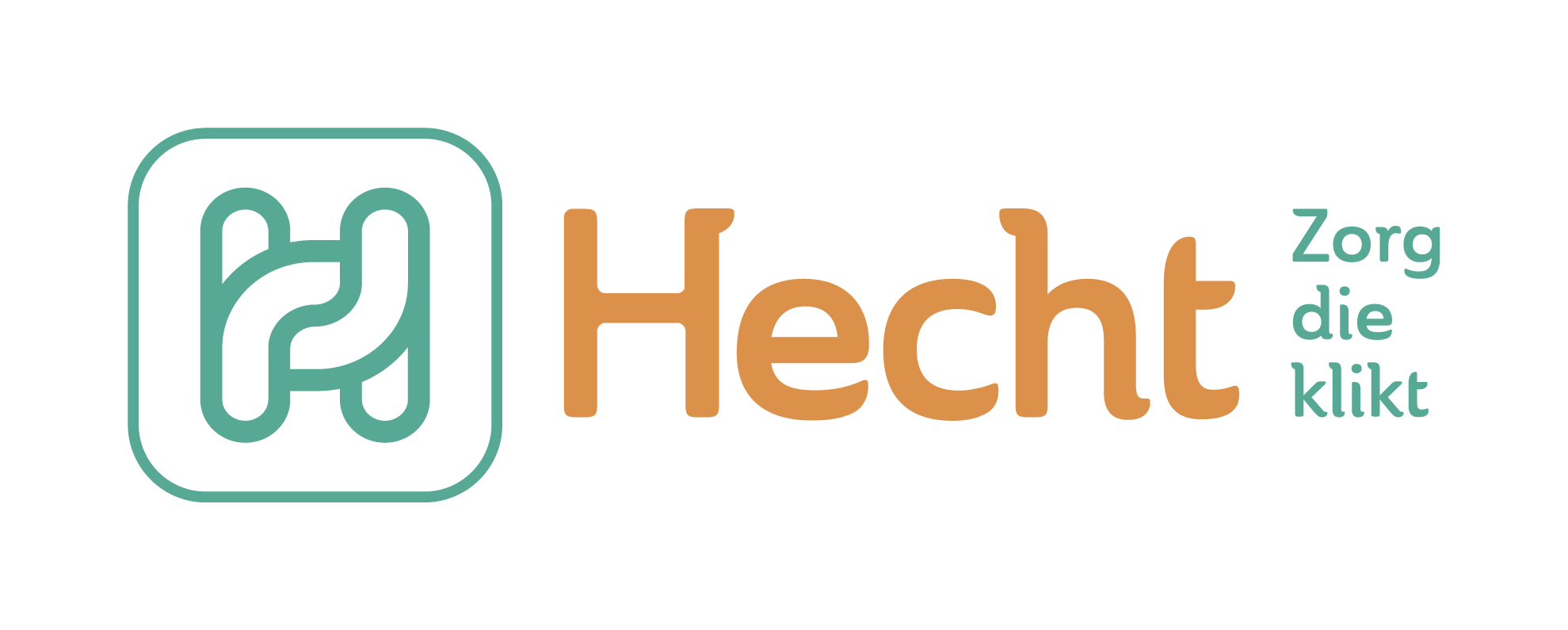Approach
Onboarding & defining A.C.R.U.
First, we started by mapping out what we know about the context, the offering, the stakeholders but also any information gaps around the home care landscape in (East) Flanders. This was done by means of in-depth desk research into trends and a screening of competitors, but existing knowledge within the three expert organisations was also valorised as much as possible. The goal during those dynamic workshops: jointly determining the precise ambition of the partnership and the joint identity (“When would our collaboration be successful for all of us?“) and to point out what would make the joint brand precisely Unique in the market, Relevant for the target groups and Credible (C.R.U.).
Deploying the vision and strategy
With a clear ‘A-C.R.U.’ in hand, we then mapped the archetypes – which relative to personas are an even slightly more general, universal embodiment of the target groups – of the client, informal caregiver and referrer. We answered the who, what, why and where with a particular focus on the motivational drivers (“What rational, but also emotional benefits do our archetypes seek?“). We also tried to better understand the employees of the three collaborating organisations with regard to later rollout. We finally brought all strategic insights and choices together in a sharply formulated positioning statement that serves as a foothold throughout further development and implementation. Core of the new brand: putting maximum effort into meeting and getting to know each other and each other’s organisation, in order to strengthen one another and create added value for the customer.
Shaping the identity
Based on an extensive creative briefing in which, in addition to the strategic lines, we wrote down preferences and guidelines in terms of idea, meaning and form of the identity to be developed, our partner expert in communication Comith set to work on the new branding. In a first step, they presented the working group and management with a number of pitches on name, logo, story and creative concept. Next, the most appealing concepts were tested among the target groups through qualitative interviews, both as a disaster check and to enrich the identity. Based on all input, a final choice was made for a brand name and identity, and the complete brand identity was further developed. Hecht (freely translated as ‘close’, which in the Dutch language evokes various connotations linked to personal care), synonymous with care that clicks, was born.
Developing the communication plan
Simultaneously with the development of the identity, we also drew up the communication plan for Hecht. First step: outlining the target group journeys of the client, informal caregiver, referrer but also own employees. Objectives:
- Gathering learnings related to communication: where (channels) and when (stage in the decision-making process) can we best reach the target group?
- Gathering operational learnings: learning what our target groups find important and what to look out for in the operational roll-out.
The journeys were fed by the rich experience of the working group as well as the input gathered during the qualitative interviews. Finally, everything was brought together in a communication plan in which we indicated per target group and per phase in the journey what sales and marketing channel mix is recommended for both a minimal and ideal scenario. In collaboration with Comith, the website www.hechtezorg.be was developed.

